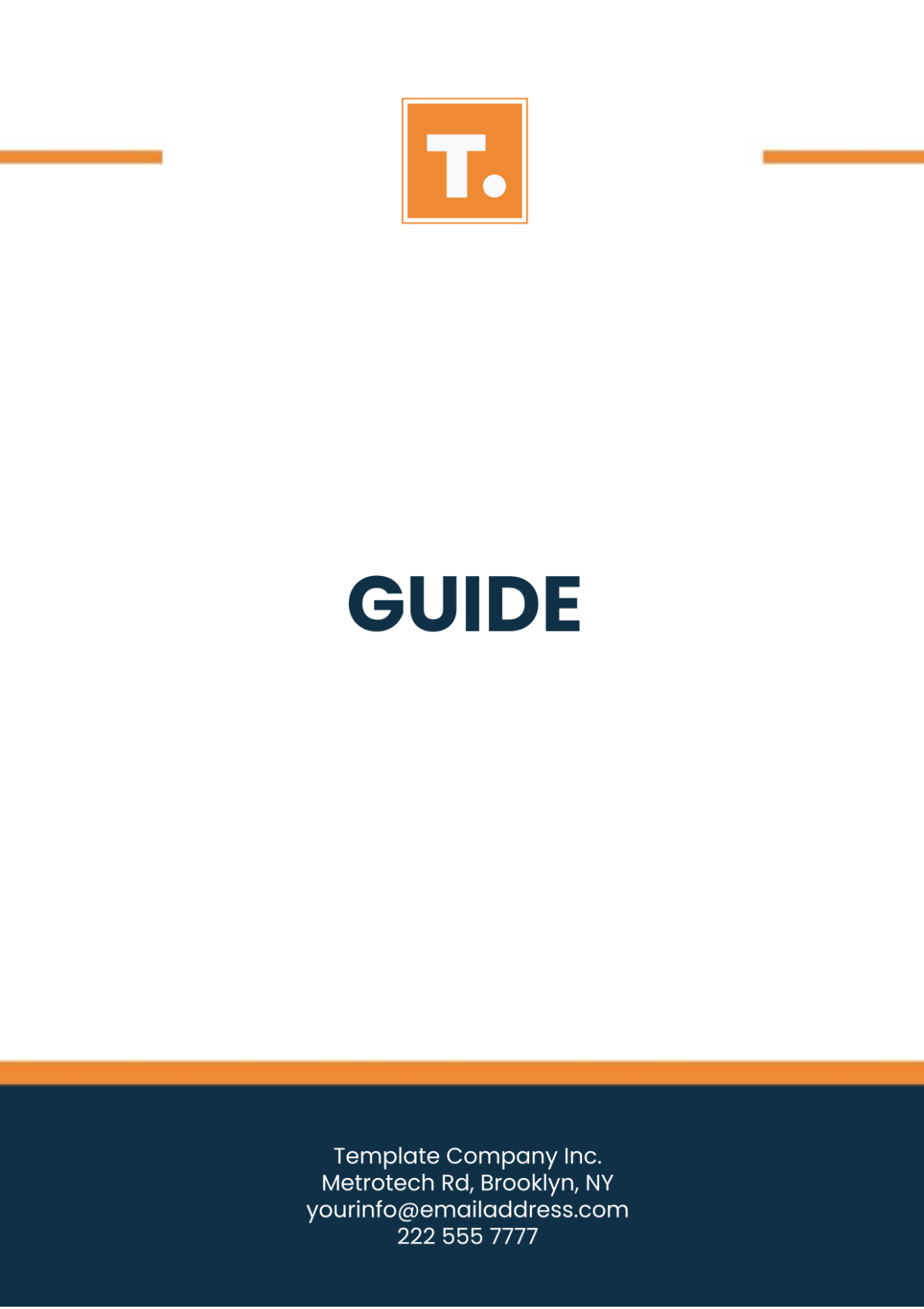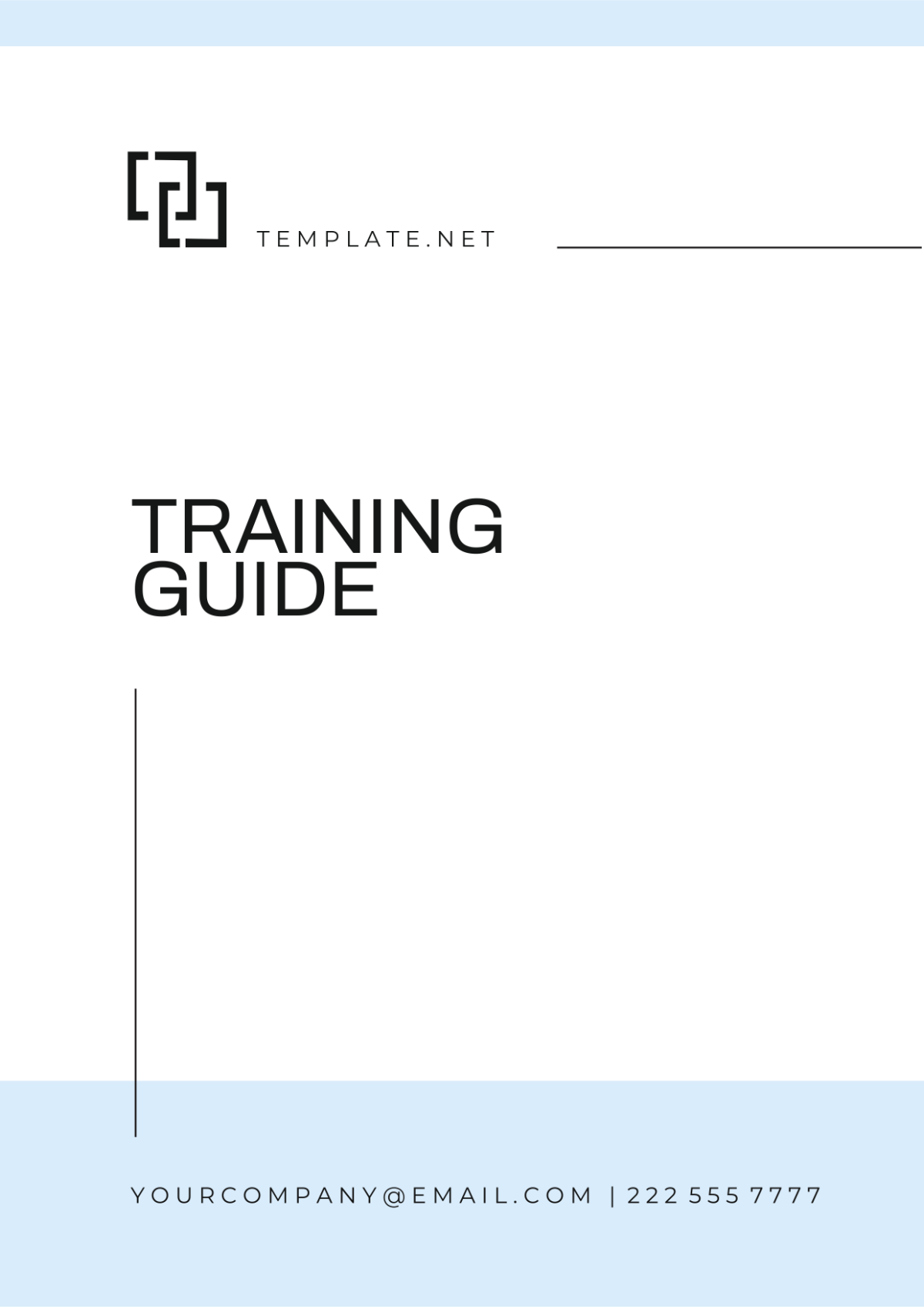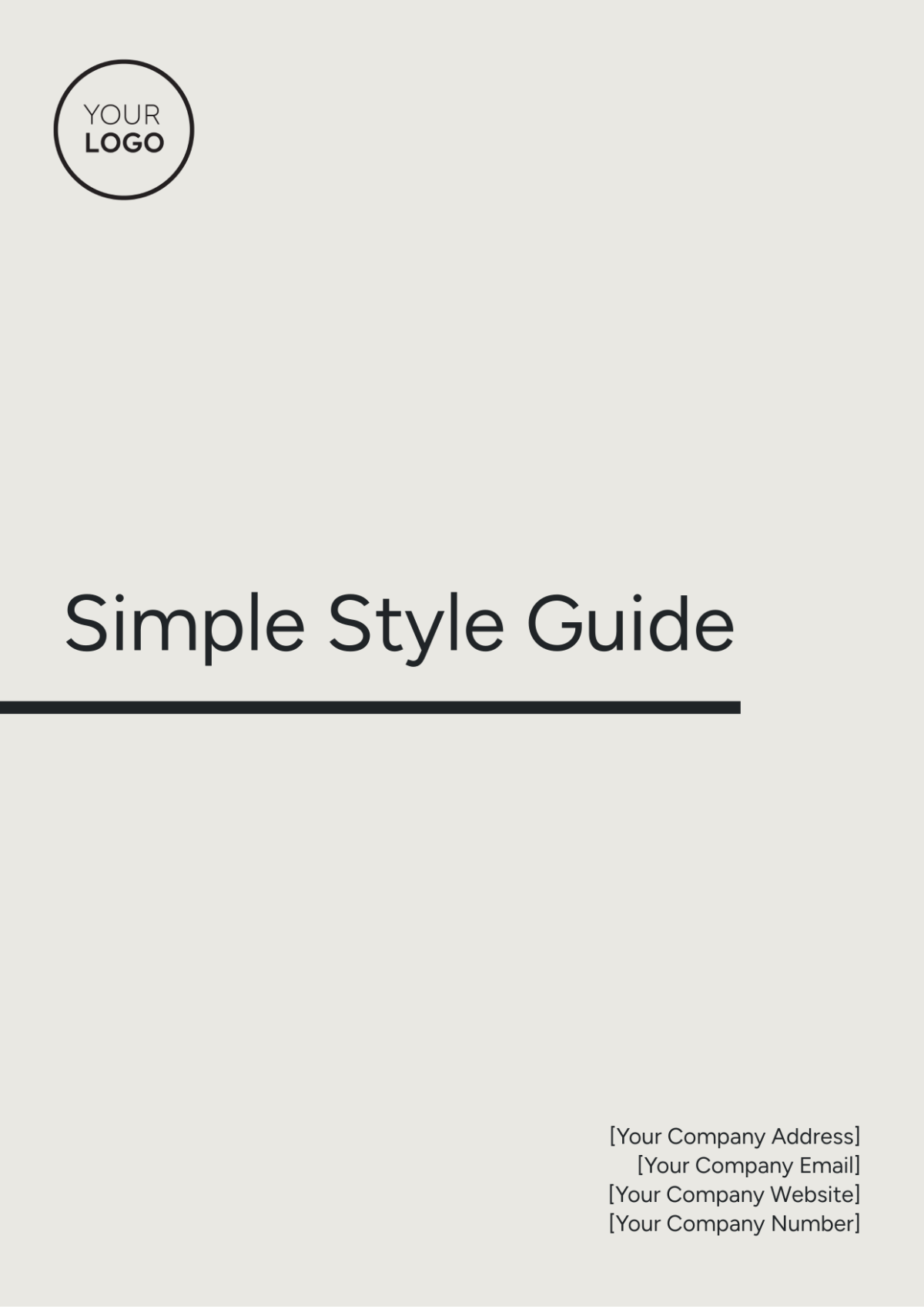Chef Dietary Restriction Guide
I. Understanding Dietary Restrictions
A. Definition and Importance
1. What Are Dietary Restrictions?
Dietary restrictions are limitations on food consumption imposed due to health, cultural, ethical, or religious reasons. These limitations can involve specific ingredients to avoid, preparation methods to follow, or even guidelines on the sources of food.
For instance:
Celiac Disease requires the elimination of gluten, which is found in wheat, barley, and rye.
Halal dietary laws prohibit consuming pork and dictate specific slaughtering methods for meat.
Vegan diets eliminate all animal products, including dairy, eggs, and even honey.
Chefs need to have a clear understanding of these various restrictions to safely prepare meals that meet the dietary needs of their customers while maintaining a respectful and accommodating environment.
2. Why Chefs Must Consider Dietary Restrictions
a. Enhancing Customer Satisfaction
Accommodating dietary restrictions is key to building strong customer relationships. When customers feel their dietary needs are understood and met, they are more likely to return and recommend the restaurant to others.
b. Avoiding Health Risks
Dietary restrictions such as food allergies or intolerances require strict adherence to ensure the health and safety of the customer. Cross-contamination, even in small amounts, can lead to severe reactions such as anaphylaxis.
c. Meeting Legal Obligations
Many countries have laws that require restaurants to disclose the presence of certain allergens on menus. These regulations are essential for protecting both the business and customers from legal liabilities.
d. Supporting Ethical and Cultural Inclusion
By offering diverse menu options, restaurants demonstrate respect for the cultural and ethical beliefs of customers. This inclusivity fosters customer loyalty, enhances the restaurant’s reputation, and attracts a wider audience.
II. Categories of Dietary Restrictions
Dietary restrictions can be classified into three broad categories: medical, religious, and lifestyle or ethical. Each category requires different considerations and preparation strategies for chefs to follow.
A. Medical Dietary Restrictions
Medical dietary restrictions are critical for individuals whose health depends on the careful management of their diet. Failure to adhere to these restrictions can lead to serious health consequences.
1. Allergies
Food allergies are immune system reactions that can range from mild to severe, even fatal. The most common allergens include:
Milk (dairy)
Eggs
Peanuts
Tree Nuts (e.g., almonds, walnuts)
Shellfish (e.g., shrimp, lobster, crab)
Fish (e.g., salmon, tuna)
Soy
Wheat
Even small amounts of these allergens can trigger severe reactions, such as difficulty breathing, hives, and anaphylaxis. As a result, it is imperative for chefs to avoid cross-contamination and follow rigorous protocols when preparing meals for customers with allergies.
2. Intolerances
Unlike food allergies, food intolerances generally do not involve the immune system but can still cause significant discomfort. Common intolerances include:
Lactose Intolerance: Individuals with this condition cannot digest lactose, the sugar found in milk and dairy products. Symptoms can include bloating, diarrhea, and stomach cramps.
Gluten Intolerance/Celiac Disease: Gluten, found in wheat, barley, and rye, can trigger inflammation and damage the small intestine in individuals with Celiac Disease. This requires the complete elimination of gluten from their diet.
Providing alternative options, such as lactose-free milk, gluten-free grains, or dairy-free cheeses, can make a huge difference in accommodating these restrictions.
3. Health-Related Diets
Some customers follow health-related dietary guidelines to manage specific medical conditions, such as:
Low-Sodium Diets: People with high blood pressure or heart conditions may need to restrict their sodium intake. Low-sodium options may include fresh vegetables, fruits, herbs, and lean meats without added salt.
Diabetic Diets: Diabetic customers need to manage their blood sugar levels by consuming low-glycemic foods. This means avoiding refined sugars and focusing on high-fiber, low-carb options, such as whole grains, legumes, and leafy vegetables.
In addition to making dietary changes, many individuals also focus on portion control and regular meal timing to help manage their condition.
B. Religious Dietary Restrictions
Religious dietary laws are an essential part of many people's spiritual lives. These guidelines shape how food is sourced, prepared, and consumed.
1. Halal
The Halal dietary laws are a core part of Islam, and they dictate what is permissible to eat. These laws prohibit:
Pork and pork products
Alcohol
Improperly slaughtered meat (meat must be slaughtered according to Islamic law, known as Zabiha)
For chefs, this means sourcing Halal-certified meats and ensuring that food preparation and cooking methods adhere strictly to Halal standards.
2. Kosher
Kosher dietary laws, followed by Jewish people, require the separation of certain foods and the use of certified ingredients. Key aspects include:
Prohibition of pork and shellfish
Separation of meat and dairy (e.g., no cheeseburgers)
The need for Kosher certification for meat, dairy, and other packaged foods
Chefs preparing Kosher meals must carefully manage food storage, preparation tools, and even the cleanliness of their cooking areas to comply with these laws.
3. Other Religious Practices
In addition to Halal and Kosher diets, other religions may have unique dietary requirements:
Hinduism: Many Hindus avoid beef and opt for vegetarian diets as part of their belief in non-violence and respect for animals.
Buddhism: Many Buddhists adhere to vegetarian or vegan diets, based on principles of compassion and non-harm towards animals.
Chefs should be aware of the spiritual and ethical reasons behind these restrictions and adapt their menus accordingly.
C. Lifestyle and Ethical Choices
In addition to medical and religious reasons, many individuals choose specific diets based on personal or ethical beliefs. These choices often align with concerns about animal welfare, the environment, or health.
1. Vegetarian Diets
Vegetarianism excludes meat, poultry, and seafood, but allows for plant-based foods such as vegetables, fruits, legumes, grains, and dairy. Variations include:
Ovo-vegetarians: Allow eggs in their diet but not dairy.
Lacto-vegetarians: Consume dairy products but avoid eggs.
Pescatarians: Include fish and seafood in their diet but avoid other meats.
Chefs catering to vegetarians should focus on fresh produce, grains, legumes, and plant-based protein sources like tofu and tempeh.
2. Vegan Diets
A vegan diet eliminates all animal products, including meat, dairy, eggs, and honey. Vegan cooking emphasizes the use of plant-based ingredients, such as:
Vegetables and fruits
Legumes and pulses (e.g., beans, lentils)
Grains (e.g., quinoa, barley, rice)
Plant-based proteins (e.g., tofu, seitan, tempeh)
For chefs, creating vegan dishes often involves using substitutes for common animal products, such as almond milk or cashew cream in place of dairy, and egg replacers like flaxseed or chia seeds in baked goods.
3. Sustainable Eating Preferences
Many customers choose organic, locally-sourced, or sustainably farmed foods to reduce their environmental impact. These dietary choices focus on reducing carbon footprints and supporting farming practices that prioritize the welfare of animals and ecosystems.
Restaurants aiming to accommodate this group should prioritize sourcing from local farmers, selecting seasonal produce, and ensuring that seafood comes from sustainable sources.
III. Best Practices for Catering to Dietary Restrictions
A. Menu Planning and Development
1. Create Clearly Labeled Menus
One of the best ways to accommodate dietary restrictions is by providing a menu with clear labels that identify dishes suitable for specific needs. For example:
Symbol | Meaning | Example Dish |
|---|---|---|
GF | Gluten-Free | Quinoa Salad |
V | Vegan | Vegetable Stir-Fry |
DF | Dairy-Free | Grilled Chicken Breast |
This ensures that customers can easily identify what options meet their needs, reducing confusion and improving the overall dining experience.
2. Offer Customizable Dishes
By offering dishes that can be tailored to individual needs, chefs can better accommodate customers with specific restrictions. For example:
Offering gluten-free pasta as an alternative for pasta dishes
Allowing customers to substitute plant-based proteins (e.g., tofu, tempeh) for meat in salads or stir-fries
IV. Best Practices for Handling Dietary Restrictions in the Kitchen
Handling dietary restrictions safely requires a comprehensive approach, from ingredient sourcing to kitchen practices. Chefs must not only ensure that the food they prepare meets dietary needs but also maintain a high standard of hygiene and organization to avoid cross-contamination.
A. Ingredient Sourcing and Verification
1. Sourcing Allergen-Free Ingredients
When catering to customers with food allergies, sourcing safe ingredients is paramount. For example, purchasing certified gluten-free flour, dairy-free butter, or certified organic ingredients ensures that no cross-contact occurs with allergens.
Chefs should:
Verify ingredient labels: Many packaged ingredients now indicate whether they are gluten-free, dairy-free, or nut-free. Ensure that these labels are thoroughly checked, especially when preparing food for individuals with allergies or intolerances.
Work with trusted suppliers: Establish strong relationships with suppliers who understand the importance of allergen-free products and can provide documentation to confirm their products' safety.
Avoid bulk bins: Foods stored in bulk bins can often become contaminated with allergens. It’s safer to purchase pre-packaged goods that come with clear labeling.
2. Organic and Sustainable Ingredients
For customers who follow ethical or sustainable eating practices, sourcing local, organic, and sustainably farmed ingredients is critical. Purchasing certified Fair-Trade or Non-GMO ingredients ensures that food production aligns with their values. It's also essential to ask suppliers about the environmental and ethical practices involved in sourcing ingredients like seafood, palm oil, and other sensitive items.
Chefs can:
Use locally-sourced produce to reduce carbon footprints and support local farmers.
Ensure sustainable seafood options, such as those certified by the Marine Stewardship Council (MSC), are used for dishes that include fish.
Opt for plant-based substitutes like vegan cheese or plant milk when preparing vegan meals.
B. Cross-Contamination Prevention
1. Dedicated Workstations
Dedicated workstations for preparing specific dietary items, especially for gluten-free or nut-free dishes, are essential for preventing cross-contamination. Assign separate cutting boards, utensils, and cooking equipment to these areas. Ensure these are regularly sanitized.
For example:
A gluten-free station should have its own set of knives, cutting boards, and colanders. Gluten-containing products should not be handled in the same space as gluten-free items to avoid the risk of cross-contact.
If preparing a vegan meal, ensure the use of equipment that has not been exposed to animal products, such as egg or dairy.
2. Staff Training
All kitchen staff must undergo thorough training on handling dietary restrictions, focusing on understanding allergens, the risks of cross-contamination, and the importance of following food safety guidelines. Staff should know how to properly handle allergen-free food and how to communicate with customers about their dietary needs.
Chefs can:
Provide ongoing training sessions that include information on specific dietary restrictions (such as common allergens, the difference between intolerance and allergies, etc.).
Implement regular spot checks to ensure staff are following safety procedures in the kitchen.
Introduce a clear labeling system in the kitchen to prevent confusion when preparing meals for individuals with dietary restrictions.
C. Kitchen Procedures for Dietary Restrictions
1. Food Preparation Techniques
When preparing food for individuals with dietary restrictions, particularly for allergens and intolerances, it's crucial to follow specific techniques that minimize the risk of contamination.
For example:
For dairy-free or vegan meals, ensure the use of plant-based oils and cooking sprays to avoid contamination with butter or other animal fats.
Separate cooking utensils and pots should be used for cooking allergen-free food to ensure that foods like dairy, eggs, or nuts are not inadvertently included in a meal.
2. Handling Special Requests
Often, customers may request slight alterations to dishes to accommodate their dietary restrictions. Chefs should be flexible with these requests and take appropriate precautions to ensure safe food preparation. For example, substituting ingredients (such as swapping regular cheese for vegan cheese or using gluten-free pasta in place of wheat pasta) should be done without compromising the taste or safety of the dish.
V. Communication and Customer Service
Communication is key in ensuring that customers feel confident and comfortable when dining at your establishment. Transparent and open communication about dietary restrictions enhances customer trust and satisfaction.
A. Customer Interaction
1. Understanding the Customer’s Needs
When customers mention dietary restrictions, chefs and servers should ask follow-up questions to clarify the severity of the restriction and any specific details. For example, is the customer vegan for health reasons or ethical reasons? Does the customer have a gluten intolerance or Celiac Disease, which is more severe?
Chefs should:
Ask about the severity: Clarify whether the restriction is a full avoidance (e.g., vegan, gluten-free) or if modifications are acceptable.
Ensure clarity: If a customer mentions a food allergy, confirm whether they are comfortable with a dish that is prepared in a facility where allergens are present. This can help mitigate any potential risks.
2. Educating Customers
If necessary, chefs should educate customers about the restaurant's ingredients and cooking processes, ensuring that the food being served is safe and suitable for their dietary needs. If the restaurant offers gluten-free or vegan options, providing information about the sourcing of ingredients (e.g., certified gluten-free or plant-based suppliers) will build trust.
For example:
If a customer inquires about whether a dish contains hidden sources of dairy (like butter in the sautéed vegetables), the chef or server should be able to provide detailed information.
B. Training Staff for Effective Communication
1. Training Front-of-House Staff
Servers, hosts, and other front-of-house staff members should receive training on dietary restrictions and how to communicate effectively with customers. They should be knowledgeable about the menu and be able to answer questions about how dishes are prepared, which ingredients are used, and whether modifications are possible.
Chefs can:
Hold regular training sessions for front-of-house staff to ensure they understand the different dietary restrictions and how to communicate them with the kitchen.
Provide detailed ingredient lists or allergen menus that staff can use to answer customers’ questions quickly.
2. Clear and Direct Menu Descriptions
The restaurant’s menu should include clear descriptions of each dish, especially those that accommodate common dietary restrictions. Consider adding icons or labels that identify gluten-free, vegan, or nut-free options, so customers can easily identify what they can and cannot eat.
VI. Legal and Ethical Considerations
A. Legal Requirements for Allergen Labeling
In many regions, restaurants are legally required to list common allergens on menus or provide information upon request. This ensures that customers with allergies can make informed decisions about what to eat.
Chefs should:
Stay informed about local regulations related to allergen labeling, as these can vary by country or even state.
Ensure that all allergen-free dishes are clearly marked on the menu and that the kitchen adheres to strict protocols when preparing food for customers with allergies.
For example, the U.S. Food and Drug Administration (FDA) requires restaurants to disclose the presence of the top eight allergens on menus. These include milk, eggs, peanuts, tree nuts, soy, wheat, fish, and shellfish.
B. Ethical Practices in Food Preparation
In addition to meeting legal requirements, chefs should consider the ethical implications of sourcing ingredients and preparing meals. Many customers choose specific diets based on ethical reasons, such as concerns about animal cruelty or environmental sustainability.
Chefs should:
Use ethical sourcing practices when procuring animal products, ensuring they come from reputable farms that prioritize animal welfare.
Consider reducing food waste by using sustainable and efficient kitchen practices, such as utilizing vegetable scraps for broths or composting unused food.
By incorporating ethical considerations into the restaurant’s practices, chefs can align the restaurant’s values with those of their customers, creating a more supportive and inclusive dining experience.
VII. Special Considerations for Specific Dietary Needs
When accommodating dietary restrictions, it's essential to understand the nuances of each dietary need. Each individual may have unique preferences, requirements, or medical conditions that necessitate specific food preparation and attention to detail. This section explores some of the most common special dietary needs in greater depth.
A. Gluten-Free Diets
A gluten-free diet is essential for individuals with Celiac Disease, gluten intolerance, or those who have chosen to avoid gluten for other health or lifestyle reasons. Gluten, a protein found in wheat, barley, rye, and their derivatives, can cause inflammation in the small intestine and other serious health problems in those who cannot process it properly.
1. Understanding Gluten-Free Requirements
When a customer requests a gluten-free meal, it's essential to ensure that the meal is entirely free from any gluten-containing ingredients or cross-contamination.
Key points to consider:
Cross-contamination prevention: This is one of the most significant challenges in preparing gluten-free food. Chefs should use dedicated kitchen tools, utensils, and surfaces for gluten-free dishes.
Gluten-free ingredients: Only use ingredients labeled as gluten-free, such as gluten-free flour, gluten-free oats, and gluten-free pasta. Be aware that many processed foods may contain hidden gluten.
2. Preparing a Gluten-Free Meal
Gluten-Free Substitutes: There are numerous gluten-free substitutes for everyday ingredients. For instance, almond flour, coconut flour, and rice flour can be used in place of wheat flour in baking. Gluten-free pasta made from rice, corn, or quinoa provides a safe alternative to traditional pasta.
Fresh and Whole Foods: Incorporating more fresh vegetables, lean meats, and gluten-free grains such as quinoa, millet, or buckwheat can ensure the meal remains balanced and safe for gluten-intolerant diners.
3. Menu Considerations for Gluten-Free Meals
A restaurant menu should clearly indicate which dishes are gluten-free, especially those that are naturally gluten-free like certain salads, meats, or vegetable-based dishes. It is also helpful to offer options for gluten-free substitutes or make alterations to existing dishes to ensure they are safe for gluten-sensitive customers.
B. Vegetarian and Vegan Diets
Vegetarianism and veganism are two common dietary practices that focus on plant-based foods, but they differ in terms of the inclusion of certain animal products. Vegetarians generally do not consume meat, poultry, or fish, but may still consume dairy products or eggs, while vegans avoid all animal products, including dairy, eggs, and even honey.
1. Meeting the Nutritional Needs of Vegetarians and Vegans
When preparing meals for vegetarians or vegans, it’s important to ensure that the food is nutritionally balanced. Some key nutrients may be more difficult to obtain on a plant-based diet, including protein, vitamin B12, iron, and omega-3 fatty acids.
Protein sources: Incorporate plant-based proteins such as tofu, tempeh, edamame, lentils, beans, quinoa, and chickpeas to ensure adequate protein intake.
Iron: Plant-based sources of iron include spinach, tofu, lentils, and chickpeas, but keep in mind that plant-based iron is not as easily absorbed as the iron found in meat. Pair iron-rich foods with vitamin C-rich ingredients like bell peppers or citrus fruits to boost absorption.
Vitamin B12: This vitamin is typically found in animal products, so vegans may need to consume fortified plant-based products like nutritional yeast, fortified cereals, or take supplements.
2. Common Vegan Substitutes
Non-Dairy Milk: Use alternatives like almond milk, oat milk, or coconut milk in place of cow's milk for cooking and baking.
Vegan Cheese: Made from plant-based ingredients such as nuts, soy, or coconut, vegan cheese can be used in place of traditional cheese.
Egg Replacers: For baking or binding, flaxseed meal, chia seeds, or store-bought egg replacers can substitute eggs.
3. Handling Vegan and Vegetarian Requests
When a customer requests a vegan or vegetarian meal, it's important to offer a variety of options to meet their dietary needs. Consider providing dishes like vegetable stir-fries, plant-based burgers, and grain bowls that can be easily customized to accommodate their preferences.
C. Nut-Free and Soy-Free Diets
Food allergies to nuts and soy are common, and cross-contamination is a serious concern. For people with nut allergies, even trace amounts of nuts or nut oils can cause severe reactions, ranging from hives to anaphylaxis. Similarly, soy allergies can be just as serious and are commonly found in individuals who are allergic to soybeans or foods containing soy products.
1. Avoiding Nut Products
Nuts to Avoid: Common allergens include peanuts, tree nuts like almonds, walnuts, cashews, hazelnuts, and pecans.
Cross-Contamination: Ensure that any dish being prepared for a nut-free customer is not exposed to nuts in any form, including cooking oils derived from nuts. Clean utensils and surfaces thoroughly to eliminate any potential traces of nuts.
2. Handling Soy-Free Requests
Soy is commonly found in soy sauce, tofu, and processed foods. For individuals with a soy allergy, chefs should avoid using soy-based products and carefully check ingredient labels to ensure soy has not been included in processed or packaged ingredients.
Soy Alternatives: Use coconut aminos as a substitute for soy sauce. For a protein source, use lentils, chickpeas, or quinoa instead of tofu or tempeh.
3. Menu Considerations for Nut-Free and Soy-Free Diets
Make sure that your restaurant offers meals that are entirely free from nuts and soy. It’s also essential to clearly mark these dishes on the menu and offer alternatives. For example, a soy-free stir-fry can be made with coconut aminos, and nut-free desserts can be made with coconut milk or dairy-based substitutes.
VIII. Catering to Common Food Allergies
Food allergies are one of the most common dietary restrictions chefs encounter, and managing them requires vigilance and care. Even trace amounts of allergens can cause severe reactions. Here are the key allergens that must be handled with particular caution:
A. Milk and Dairy Allergies
Dairy allergies are common and can cause reactions ranging from mild discomfort to severe anaphylaxis. When preparing meals for customers with dairy allergies, chefs should ensure that no milk, cheese, butter, or any other dairy products are included in the dish.
1. Dairy-Free Substitutes
Use plant-based milks (almond, oat, coconut) and vegan butters in place of regular dairy products.
Opt for dairy-free cheeses made from cashews, soy, or coconut to replace traditional cheese in sandwiches, pizzas, or salads.
2. Cross-Contamination Risks
Ensure that any dairy-containing products are stored separately from dairy-free items.
Be mindful of cross-contact during cooking, such as when using shared equipment for cooking dairy and dairy-free foods.
B. Egg Allergies
Eggs are a common allergen found in many dishes, from cakes to sauces, and they are also used as a binding agent in many recipes. When preparing meals for customers with egg allergies, chefs need to ensure that no egg is present in the dish.
1. Egg Replacements
Flaxseed meal, chia seeds, or applesauce can be used as substitutes for eggs in baking. For savory dishes, consider using silken tofu as an egg binder.
Vegan mayo and aquafaba (the liquid from canned chickpeas) are excellent replacements for traditional egg-based condiments and sauces.
2. Identifying Hidden Eggs
Eggs are often hidden in processed foods like mayonnaise, salad dressings, and baked goods, so it’s essential to scrutinize ingredient labels and confirm with suppliers whether the product contains eggs.
IX. Conclusion
As the demand for diverse dietary options continues to grow, it’s crucial for chefs to stay informed about dietary restrictions and adopt best practices that ensure a safe and inclusive dining experience for all customers. By understanding and respecting food allergies, medical needs, ethical considerations, and religious practices, chefs can ensure their restaurant is a place where everyone can enjoy a meal without compromise.
At [Your Company Name], we believe that accommodating dietary restrictions is not just about meeting customer expectations—it’s about showing care and respect for the health and preferences of every guest. Through clear communication, proper ingredient sourcing, and careful kitchen procedures, we can provide delicious meals that everyone can enjoy safely and confidently.

















































